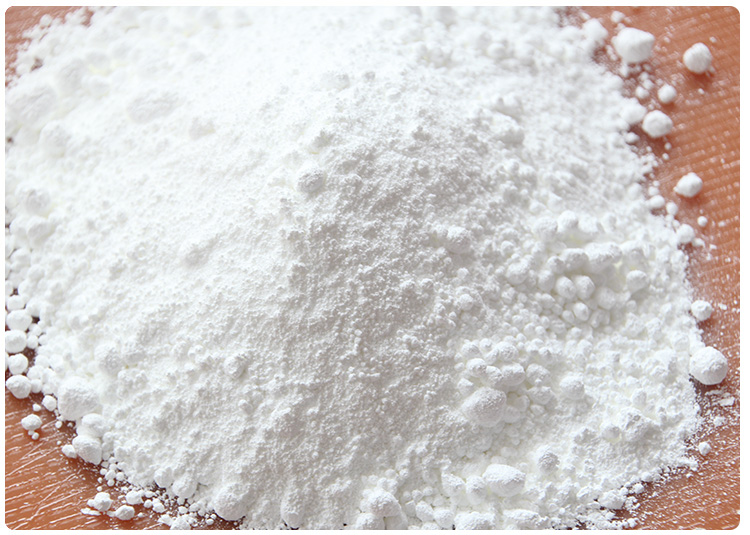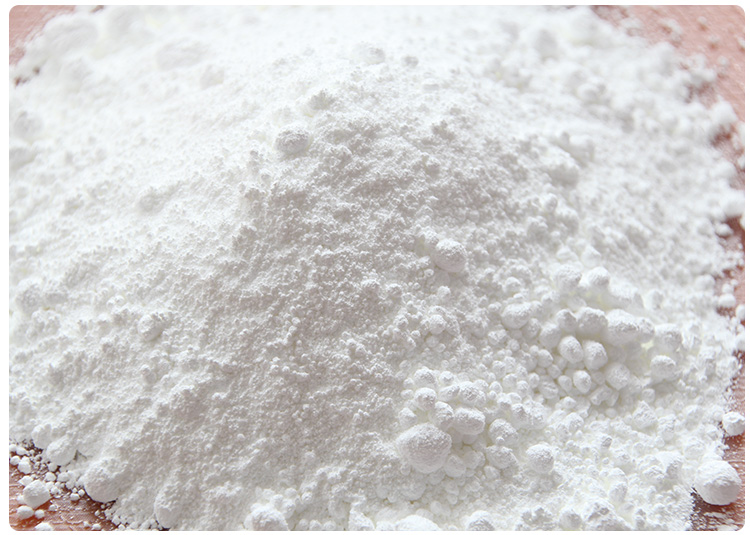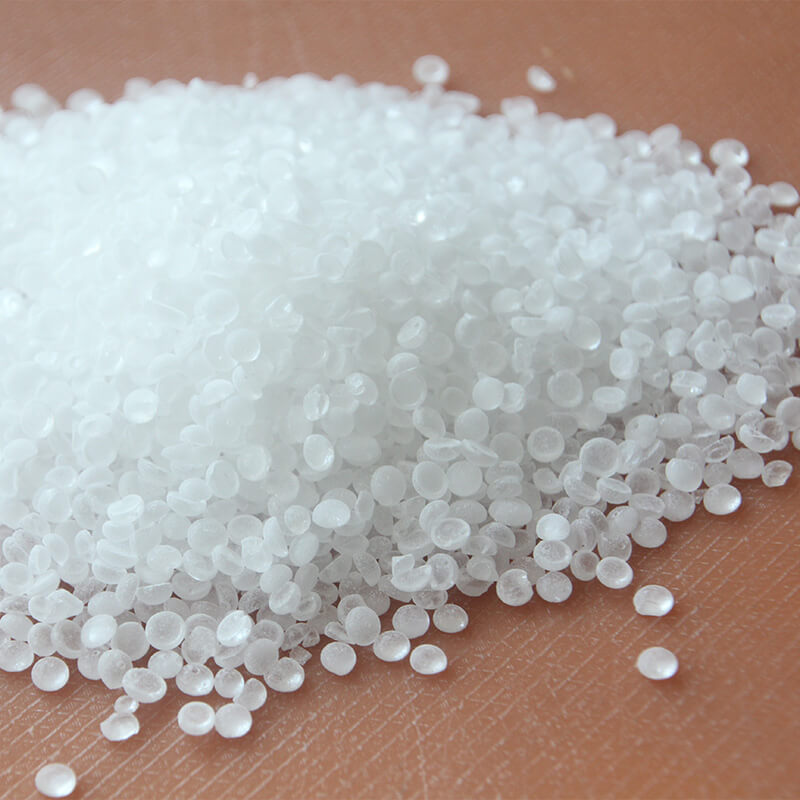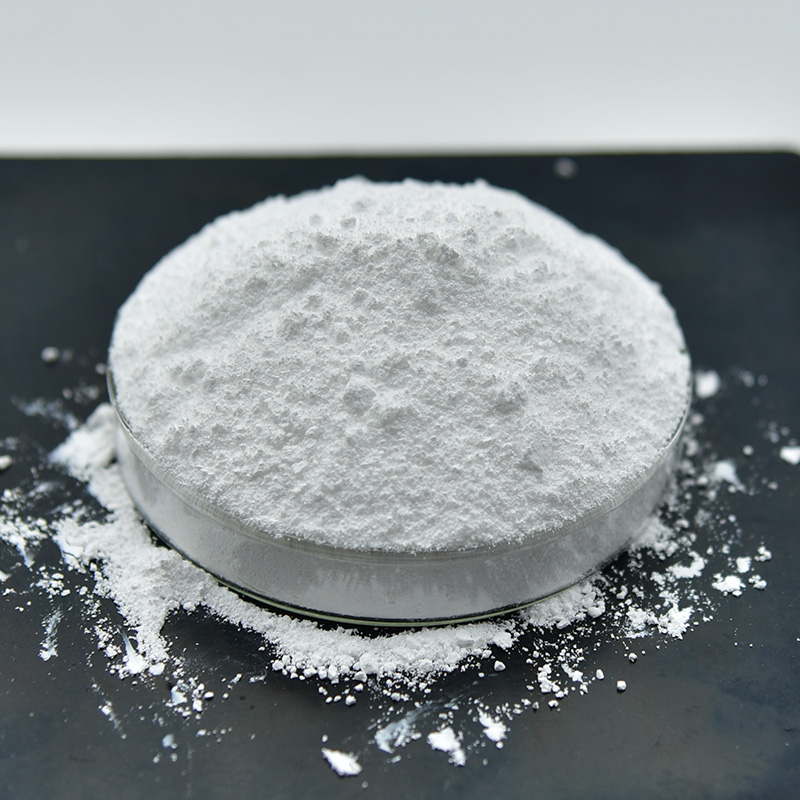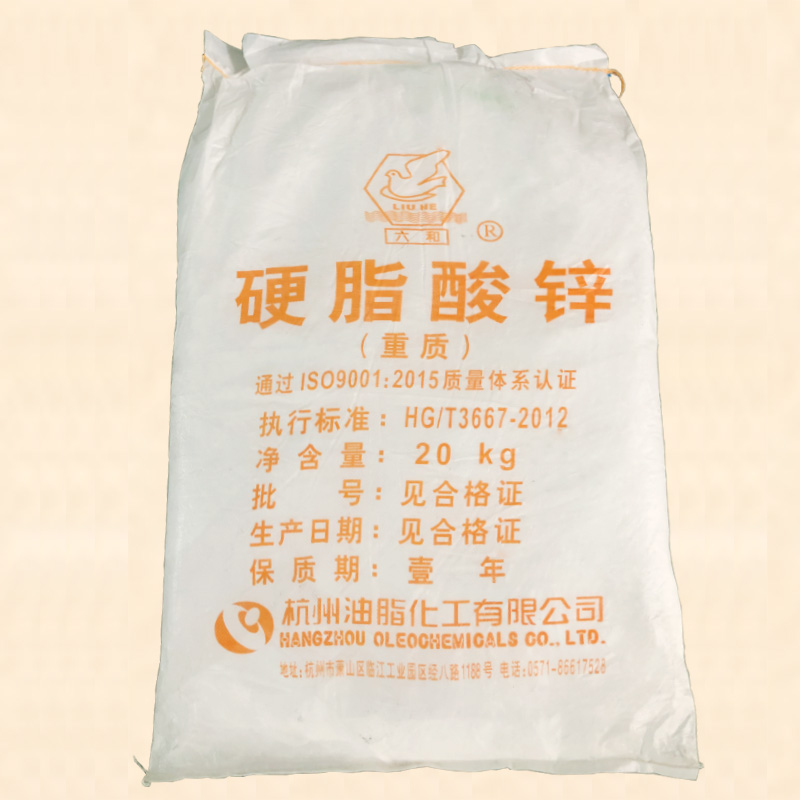zinc stearate vs zinc oxide
- Mingpai
- 2024-06-04 14:18:49
Zinc stearate and zinc oxide are both zinc compounds commonly used in various industries; however, they have distinct properties and applications due to their different chemical structures and functionalities. Here's a comparison between the two:
Zinc Stearate:
- Chemical Structure: Zinc stearate is an organic zinc salt formed by the reaction of zinc with stearic acid, a fatty acid. Its formula is Zn(C17H35COO)2.
- Appearance: It is typically a fine, white, powdery substance.
- Properties: Zinc stearate acts as a lubricant, release agent, and stabilizer in various applications. It is hydrophobic, meaning it repels water, and has good compatibility with many organic materials.
- Uses: Primarily used in plastics, rubbers, and cosmetics for its lubricating properties, as well as in paints as a rheology modifier and matting agent. Also used in pharmaceuticals and food packaging as a release agent.
Zinc Oxide:
- Chemical Structure: Zinc oxide (ZnO) is an inorganic compound composed of zinc and oxygen. It exists as a white powder but can also form crystals.
- Appearance: White, odorless powder that appears more crystalline than zinc stearate.
- Properties: Zinc oxide is insoluble in water and alcohol but soluble in strong acids and alkalis. It exhibits a range of properties including UV absorption, antibacterial, and semiconducting properties.
- Uses: Widely used in sunscreen formulations due to its ability to block UVA and UVB rays. Also used as a pigment in paints and rubber manufacturing, where it acts as a reinforcing filler and provides abrasion resistance. Additionally, it is found in pharmaceuticals (e.g., as a skin protectant in diaper rash creams), ceramics, and electronics (as a semiconductor material).
Key Differences:
- Composition: Zinc stearate is an organic salt, while zinc oxide is an inorganic compound.
- Functionality: Zinc stearate is primarily a lubricant and release agent, enhancing processing and surface properties, whereas zinc oxide offers UV protection, antibacterial properties, and reinforcing capabilities.
- Application Focus: Zinc stearate is more commonly used in personal care products, plastics, and paint formulations for its flow and texture enhancements. Zinc oxide has a broader range of applications, from sunscreens and skincare to industrial uses like rubber reinforcement and electronics.
Both compounds have unique properties that make them suitable for specific applications, and sometimes they can even be used together in formulations to combine their benefits.
